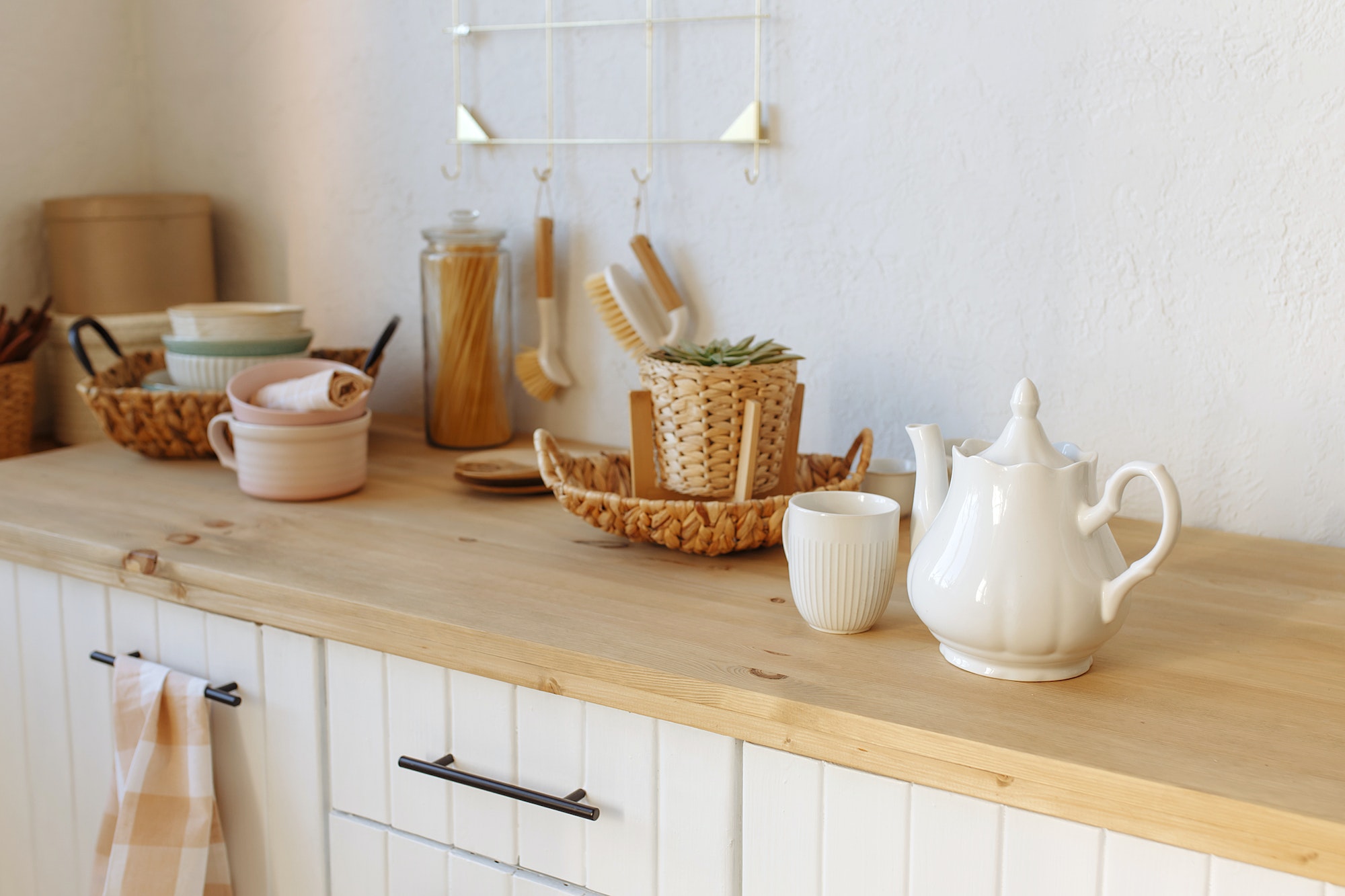White tea is one of the most delicate and exquisite types of tea, prized for its subtle flavors and refreshing qualities. Steeping white tea properly is an essential part of the tea-drinking experience, as it affects the flavor, aroma, and overall enjoyment of the beverage. As a gourmet connoisseur, understanding the art of steeping white tea will allow you to appreciate its unique characteristics and savor every sip.
White tea leaves are minimally processed and harvested from the young buds and leaves of the Camellia sinensis plant. This minimal processing results in a delicate flavor profile that can be easily overpowered by improper steeping techniques. To fully appreciate the nuances of white tea, it is crucial to find the perfect temperature and time for steeping each type.
Water Quality
Before discussing temperature and time, it’s important to address water quality. The best water for steeping white tea is fresh, filtered water with a neutral pH. Avoid using distilled or tap water with strong odors or flavors, as these can negatively impact the taste of the tea.
Temperature
The ideal temperature for steeping white tea depends on the specific variety being brewed. Generally, white teas should be steeped at a lower temperature than other types of tea to preserve their delicate flavors and prevent bitterness. Here are some guidelines for various types of white tea:
- Silver Needle (Bai Hao Yin Zhen): This high-quality white tea is made from tender young buds covered in fine hairs. It is best steeped at a temperature between 160°F (70°C) and 185°F (85°C).
- White Peony (Bai Mu Dan): This popular white tea consists of both buds and young leaves. It can be steeped at a slightly higher temperature than Silver Needle, around 175°F (80°C) to 190°F (88°C).
- Shou Mei: Made from mature leaves and buds, Shou Mei can handle a slightly higher temperature than other white teas, between 185°F (85°C) and 200°F (93°C).
If you don’t have a temperature-controlled kettle, you can approximate the right temperature by allowing boiling water to cool for a few minutes before pouring it over the tea leaves.
Steeping Time
The steeping time for white tea also varies depending on the variety and personal preferences. Over-steeping can lead to bitter flavors, while under-steeping may result in a weak brew. As a general guideline, most white teas should be steeped between 1 and 5 minutes. To find your preferred taste, start with a shorter steeping time and adjust as needed.
For those who enjoy multiple infusions, it’s important to note that the steeping time may need to be increased for each subsequent infusion. This is because the tea leaves have already released some of their flavors during the first infusion.
Tea-to-Water Ratio
Another factor that affects the flavor of white tea is the amount of tea leaves used in relation to the water volume. Generally, it’s recommended to use about 1 teaspoon of loose leaf tea per 6 to 8 ounces of water. However, this ratio can be adjusted based on personal preferences and the specific type of white tea being brewed.
Experimentation
Ultimately, finding the perfect steeping conditions for white tea comes down to personal taste and experimentation. By following these guidelines and adjusting based on your preferences, you’ll be able to unlock the full potential of this delicate and elegant beverage. So go ahead, indulge in the art of steeping white tea and elevate your gourmet experience.

